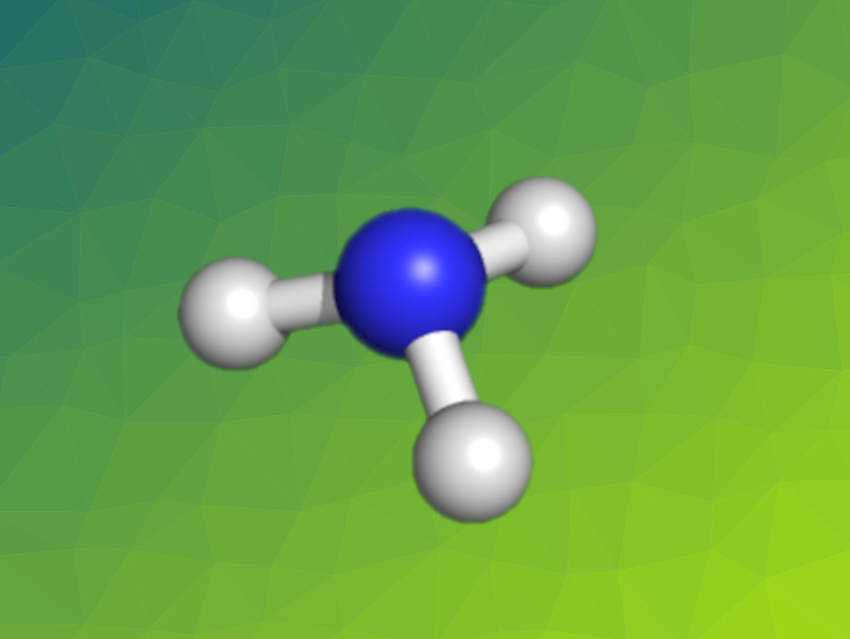The industrial production of ammonia relies on the Haber-Bosch process, which uses large amounts of energy and leads to high CO2 emissions. The method requires high temperatures and pressures and is performed in large plants that have to be operated continuously. Thus, meeting the increasing ammonia demand, e.g., for fertilizer production, is expensive, produces large amounts of carbon emissions, and is difficult to decentralize. Smaller plants that can use fluctuating renewable energy would be beneficial.
The electrochemical nitrogen reduction reaction (NRR) could be useful for this. This approach requires lower temperatures and pressures than the Haber-Bosch process. It can be performed using a lithium-mediated pathway, in which lithium nitride (Li3N) is formed at the cathode and then protonated to give NH3. This requires a proton shuttle molecule that delivers protons from the anode to the cathode. Ethanol is commonly used for this, but degrades during the reaction.
Bryan H. R. Suryanto, Alexandr N. Simonov, Douglas R. MacFarlane, Monash University, Clayton, Australia, and colleagues have found that trihexyltetradecylphosphonium salts can be used as alternative, stable proton shuttles that operate reversibly and also improve the conductivity of the electrolyte. The electrochemically generated lithium nitride reacts with the phosphonium cation to give ammonia and an ylide. The ylide is readily reprotonated to regenerate the phosphonium cation.
The team used a single-compartment electrochemical cell with a platinized titanium anode, a copper cathode, and a silver reference electrode, together with an electrolyte consisting of LiBF4 and trihexyltetradecylphosphonium tris(pentafluoroethyl)trifluorophosphate in tetrahydrofuran (THF). This approach provides high NH3 production rates and can be continuously operated for more than three days. According to the researchers, the work is a step towards an industrially feasible pathway for the electrochemical synthesis of “green” ammonia.
- Nitrogen reduction to ammonia at high efficiency and rates based on a phosphonium proton shuttle,
Bryan H. R. Suryanto, Karolina Matuszek, Jaecheol Choi, Rebecca Y. Hodgetts, Hoang-Long Du, Jacinta M. Bakker, Colin S. M. Kang, Pavel V. Cherepanov, Alexandr N. Simonov, Douglas R. MacFarlane,
Science 2021.
https://doi.org/10.1126/science.abg2371




